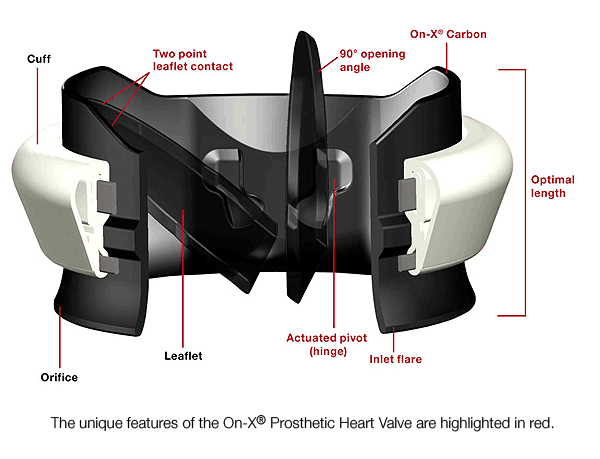Hey Uni
you will note that I've pretty much said this many times over the years and in many posts.
they both use pyrolytic carbon ... simply read their product literature. However for your convenience:
https://www.sciencedirect.com/topics/medicine-and-dentistry/pyrolytic-carbon
Bileaflet valves have two semicircular pyrolytic carbon discs attached to the valve ring by two small midline hinges. St. Jude Medical, CarboMedics, Advancing the Standard ATS bileaflet and the On-X are the prototypes of this group
Best Wishes
PS:
https://pubmed.ncbi.nlm.nih.gov/7130212/
To assess abrasive wear of mechanical valve prostheses containing pyrolytic carbon components... All carbon occluders had undetectable wear. ... This study suggests that clinically important abrasive wear will not be a late complication of cardiac valve replacement with pyrolytic carbon prostheses.
Lastly to repost what I have posted frequently in the past:
https://en.wikipedia.org/wiki/Pyrolytic_carbon
Pyrolytic carbon is man-made and is not thought to be found in nature ...It is used nonreinforced for missile nose cones and ablative (boiloff-cooled) rocket motors. Prosthetic heart valves. Radial head prosthesis.

























